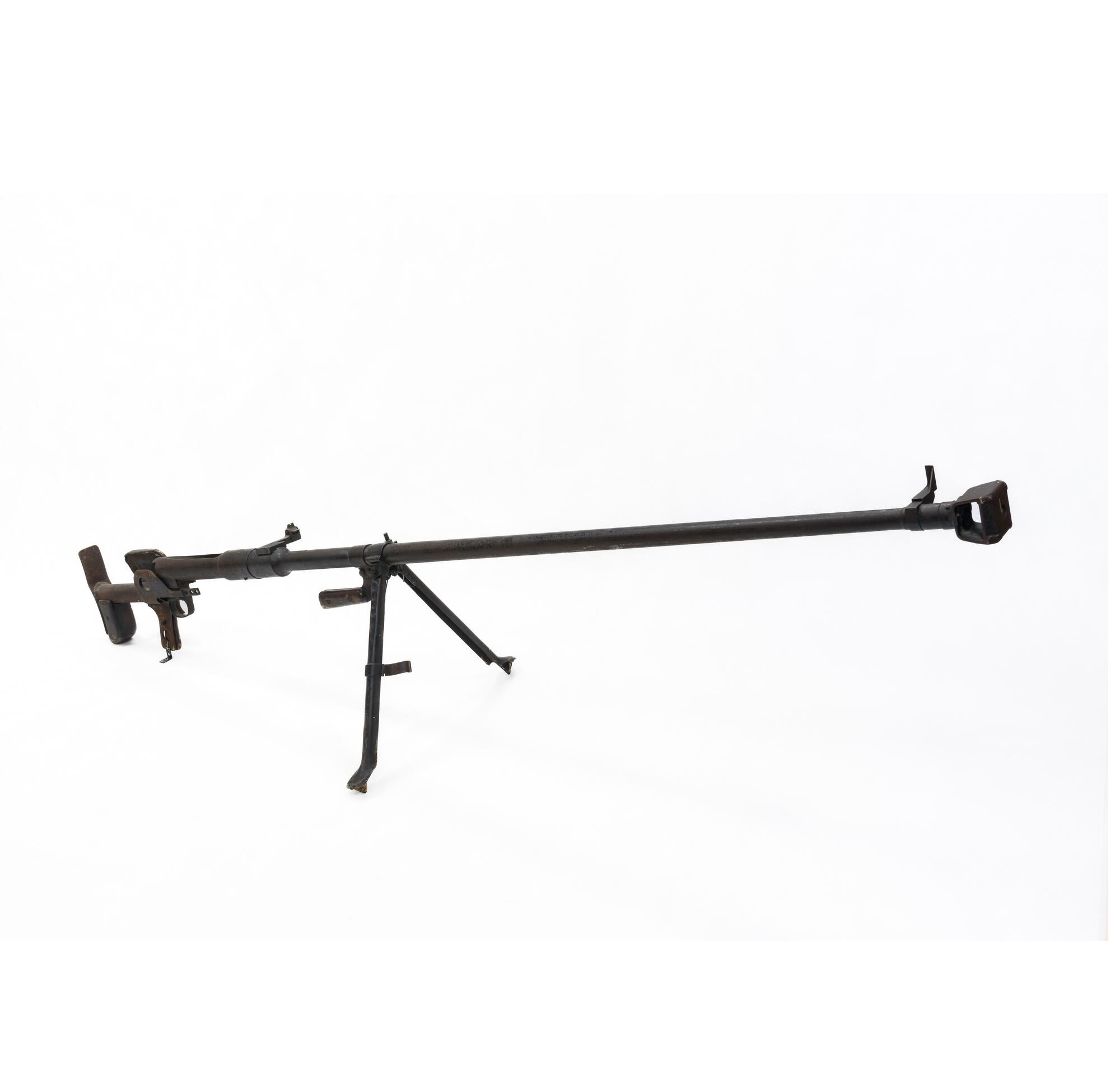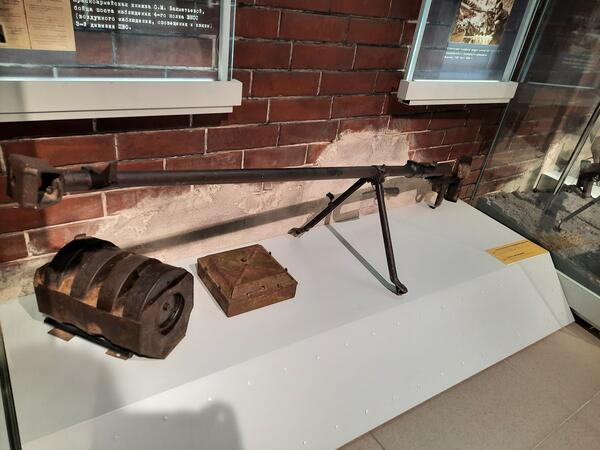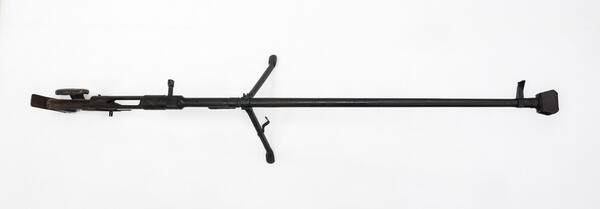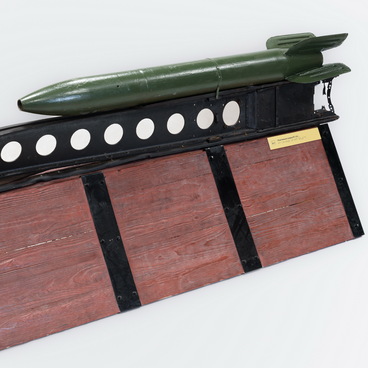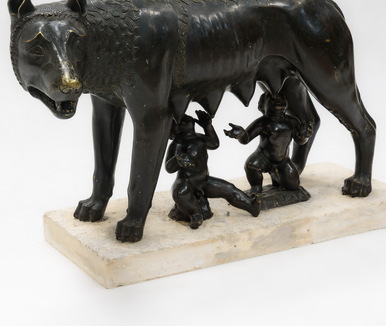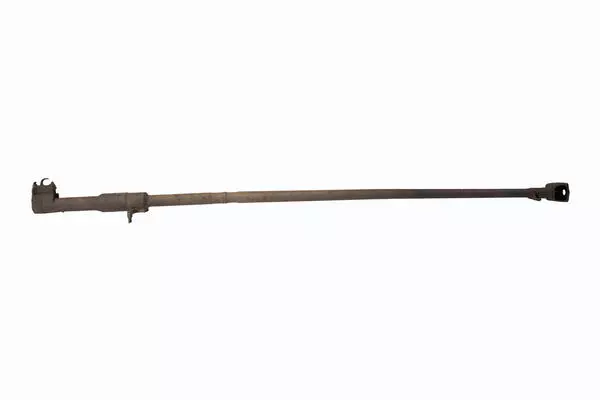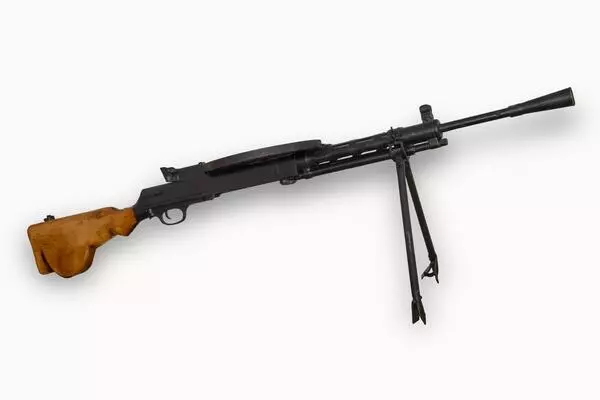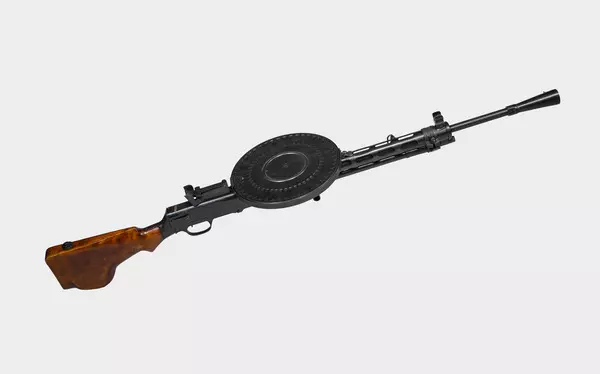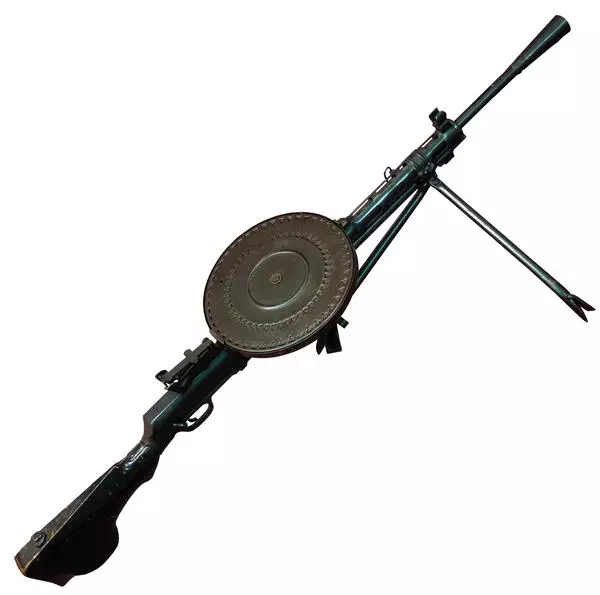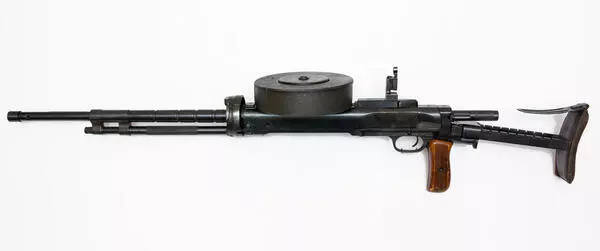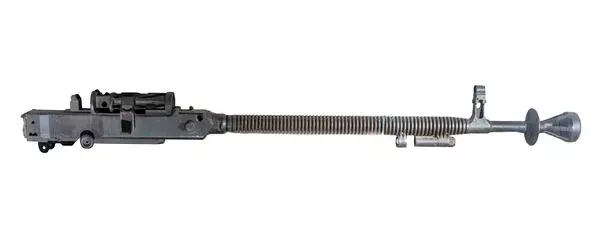At the beginning of the war, the Red Army was not armed with anti-tank guns for an interesting reason: according to Marshal Grigory Ivanovich Kulik, then chief of the Main Artillery Directorate, it was believed that the German armored troops were re-equipped with tanks with anti-shell armor that was so strong that not only anti-tank guns, but also artillery guns with a caliber of 45–76 mm were useless against them.
However, as the war began, it turned out that the armor of enemy tanks was weak and easy to penetrate even with bullets. Therefore, the task of equipping the Red Army troops with simple and reliable anti-tank weapons became acute.
At the beginning of July 1941, many designers were tasked with urgently developing anti-tank guns that met modern requirements. A month after receiving the assignment, designers Vasily Alekseyevich Degtyaryov and Sergey Gavrilovich Simonov presented their anti-tank rifles, which used a 14.5mm cartridge, for field tests. On August 29, 1941, both guns — a single-shot gun designed by Vasily Degtyaryov (the PTRD) and a gun with a five-round magazine designed by Sergey Simonov (the PTRS) — were adopted by the Red Army and put into mass production.
The Degtyaryov PTRD anti-tank rifle was a single-shot weapon with manual loading and automatic breech block. As the recoil energy was extremely high, the gun was equipped with a muzzle brake, and the shoulder rest had a spring shock absorber. To increase the stability of the gun, folding bipods were mounted on its barrel. Next to them a handle for carrying the gun was fixed on the barrel as well. In addition, it was fitted with a pistol grip and a cheek rest. In action, the weapon was operated by a gunner and a gunner’s assistant.
The production of the PTRD rifle increased rapidly. In 1941, 600 PTRD guns were manufactured, in 1942 the number stood already at 184,800 guns. By January 1945, over 700,000 of these weapons were produced, which allowed not only to meet the needs of the troops, but also to create a considerable stockpile.
The PTRD anti-tank rifle was a powerful weapon: at a distance of up to 300 m, its bullet could pierce armor with a thickness of 35–40 mm. Incendiary ammunition was also used quite effectively. Due to its wide capabilities, the PTRD rifle was successfully used throughout the Second World War. It was discontinued only in January 1945.
However, as the war began, it turned out that the armor of enemy tanks was weak and easy to penetrate even with bullets. Therefore, the task of equipping the Red Army troops with simple and reliable anti-tank weapons became acute.
At the beginning of July 1941, many designers were tasked with urgently developing anti-tank guns that met modern requirements. A month after receiving the assignment, designers Vasily Alekseyevich Degtyaryov and Sergey Gavrilovich Simonov presented their anti-tank rifles, which used a 14.5mm cartridge, for field tests. On August 29, 1941, both guns — a single-shot gun designed by Vasily Degtyaryov (the PTRD) and a gun with a five-round magazine designed by Sergey Simonov (the PTRS) — were adopted by the Red Army and put into mass production.
The Degtyaryov PTRD anti-tank rifle was a single-shot weapon with manual loading and automatic breech block. As the recoil energy was extremely high, the gun was equipped with a muzzle brake, and the shoulder rest had a spring shock absorber. To increase the stability of the gun, folding bipods were mounted on its barrel. Next to them a handle for carrying the gun was fixed on the barrel as well. In addition, it was fitted with a pistol grip and a cheek rest. In action, the weapon was operated by a gunner and a gunner’s assistant.
The production of the PTRD rifle increased rapidly. In 1941, 600 PTRD guns were manufactured, in 1942 the number stood already at 184,800 guns. By January 1945, over 700,000 of these weapons were produced, which allowed not only to meet the needs of the troops, but also to create a considerable stockpile.
The PTRD anti-tank rifle was a powerful weapon: at a distance of up to 300 m, its bullet could pierce armor with a thickness of 35–40 mm. Incendiary ammunition was also used quite effectively. Due to its wide capabilities, the PTRD rifle was successfully used throughout the Second World War. It was discontinued only in January 1945.
